
Take Stunning Moon Shots, From Your Driveway (Gallery)
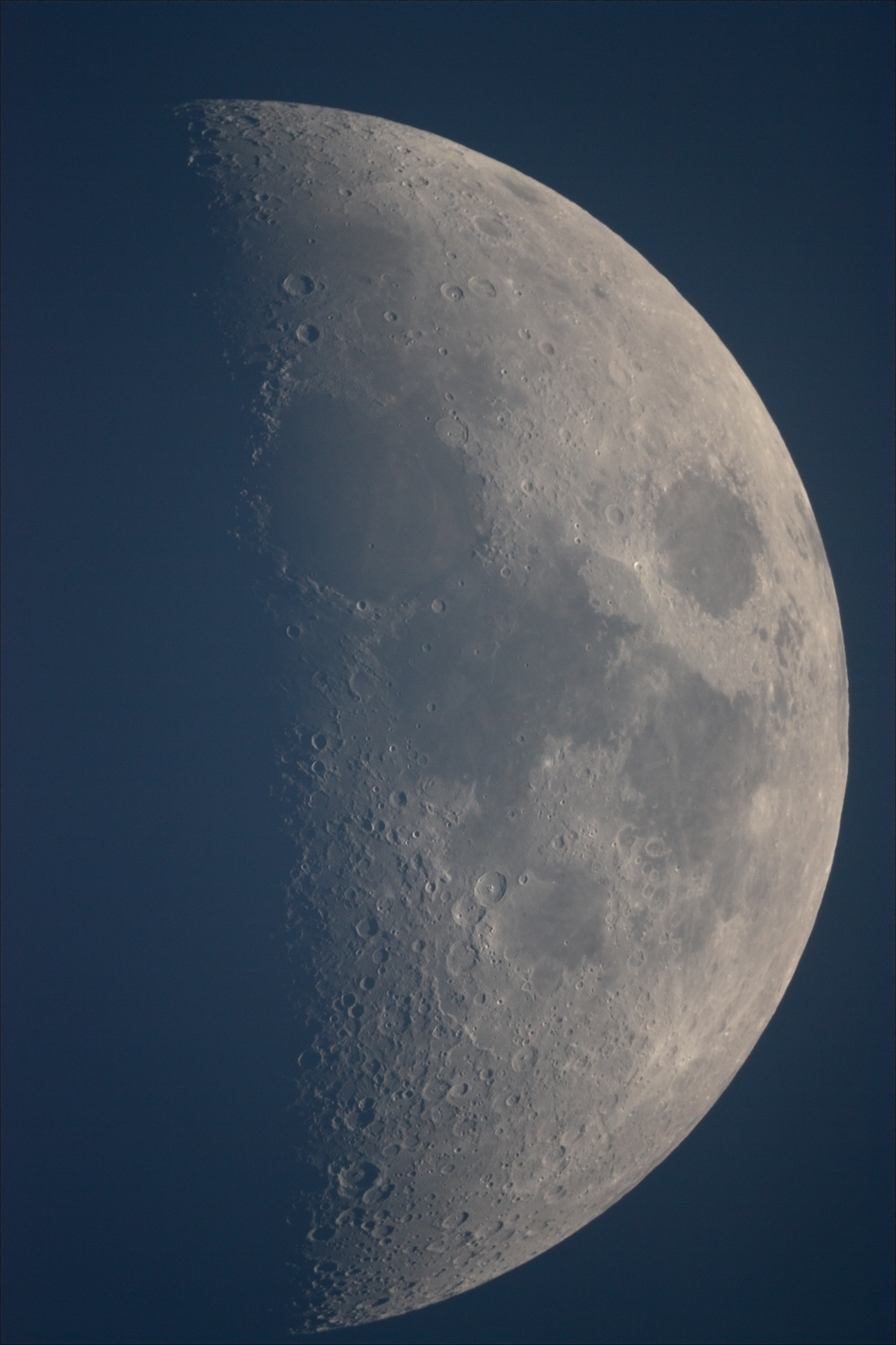
Robert Vanderbei is a professor in the Department of Operations Research and Financial Engineering at Princeton University and co-author, with J. Richard Gott, of the National Geographic book "Sizing Up the Universe" (National Geographic, 2010). Vanderbei has been an astrophotographer since 1999, and he regularly posts new images on his astro gallery website. Vanderbei contributed these images to Space.com's Expert Voices: Op-Ed & Insights.
Amateur astronomer and author Robert Vanderbei has captured stunning images of the night sky, all from his driveway, including a detailed comparison of a supermoon and its "distant" minimoon counterpart, revealed in "Supermoon vs. Minimoon: Sizing Up Earth's Satellite (Essay)." Vanderbei uses three telescopes to capture such images: a 3.5" Questar, a 4" Takahashi FSQ-106N refractor, and a 10" Ritchey-Chretien from RC Optical Systems. For taking pictures of faint deep-sky objects, he uses a StarlightXpress SXV-H9 CCD camera. For brighter solar system objects he uses a Canon XSi (450D). Below is a gallery of some of Vanderbei's favorite moon shots. (Images credit: Robert Vanderbei.)
Interesting highlights
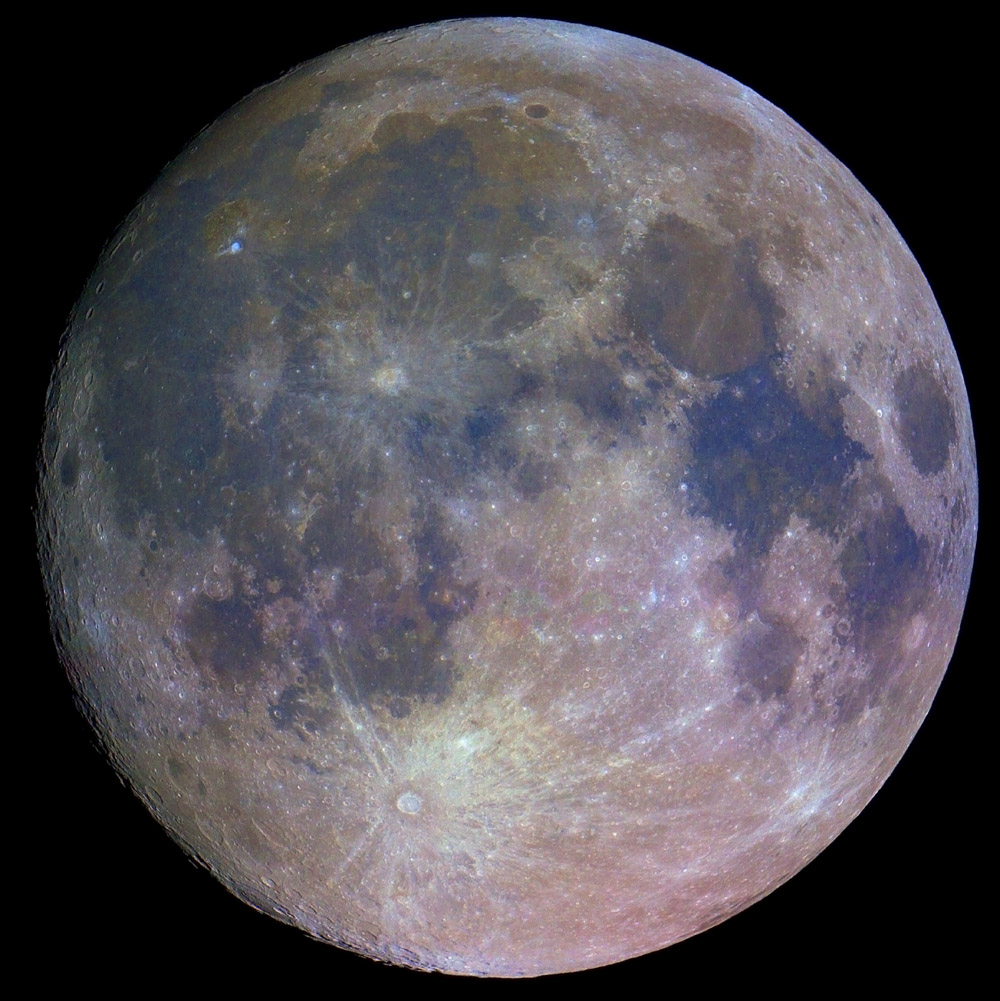
A full moon image, with color saturation enhanced in photoshop to highlight the varying chemical composition of the Moon.
The actual difference
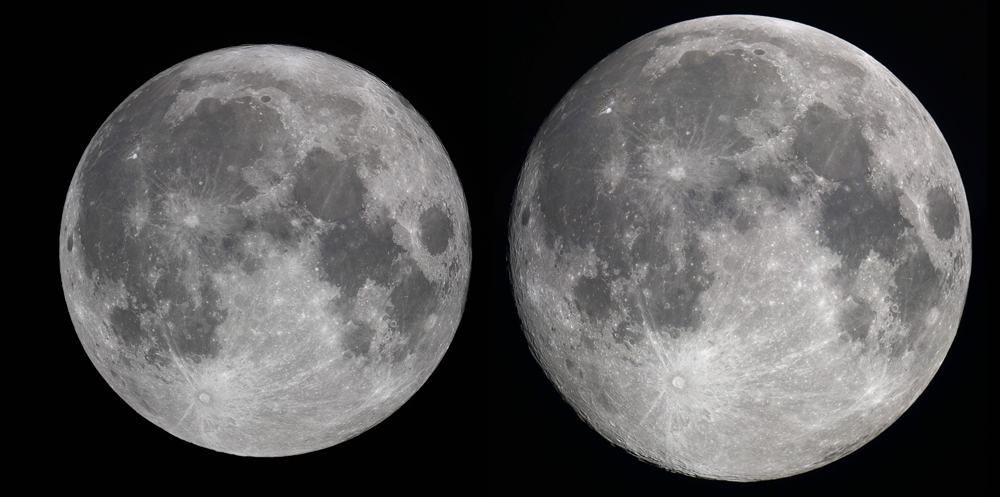
On average, the moon's distance is 385,000 kilometers (240,000 miles) from the Earth. At perigee, that distance is about 350,000 km (220,000 miles), whereas at apogee it is about 406,000 km (250,000 miles). These pictures of the moon were taken with the same equipment: When the moon is close, it appears larger than when it is farther away. A full moon at perigee is called a supermoon (right, taken on Aug. 9, 2014), at apogee, a minimoon (left, taken on Feb. 3, 2015).
Looking out
Get the Space.com Newsletter
Breaking space news, the latest updates on rocket launches, skywatching events and more!
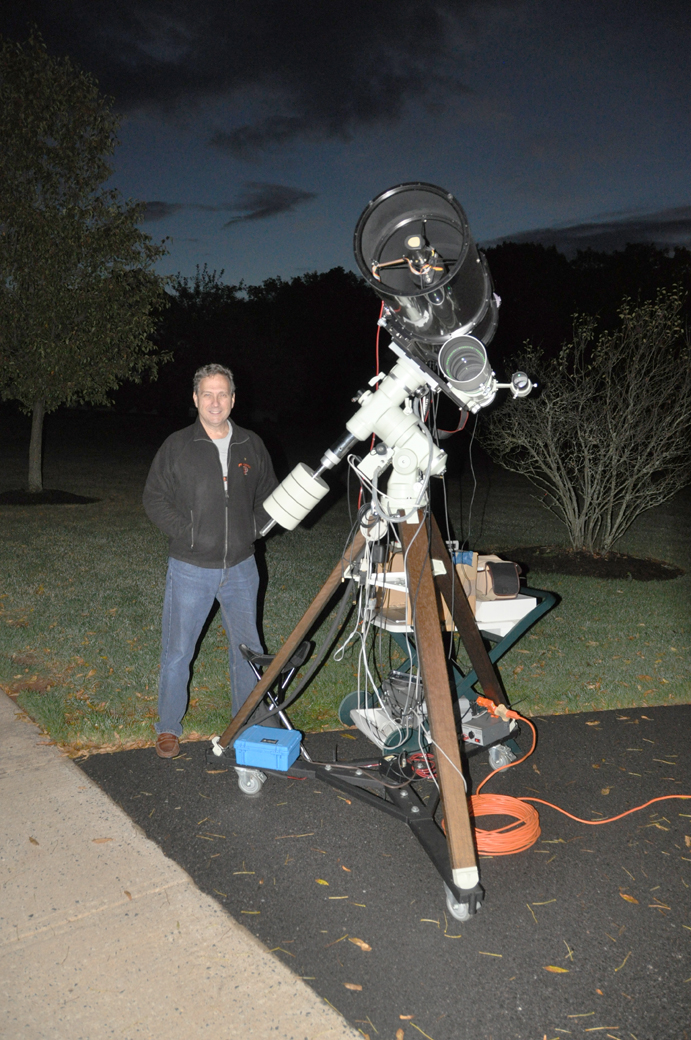
Robert Vanderbei stands in his driveway with one of his astrophotography setups.
Are you lost?

A daytime picture of the moon.
The right tools
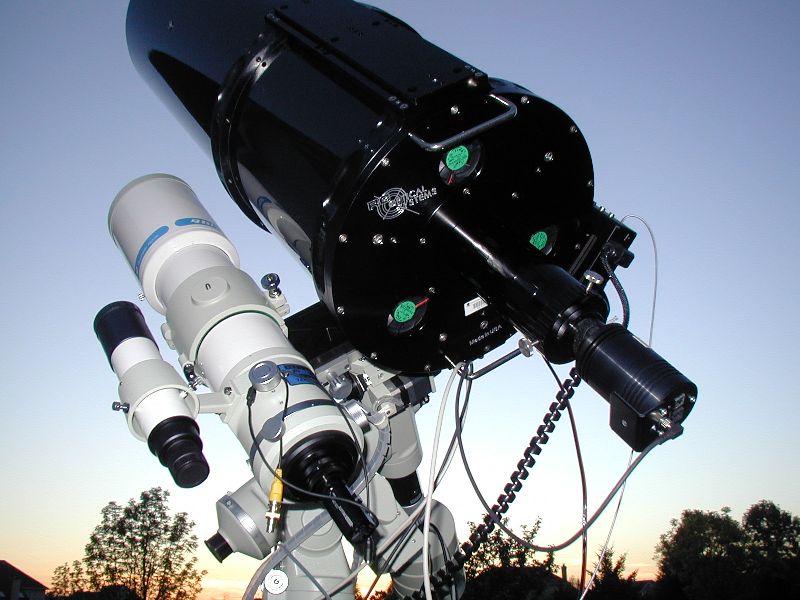
Amateur astrophotographer Robert Vanderbei with his 10" Ritchey-Chretien from RC Optical Systems.
A total eclipse
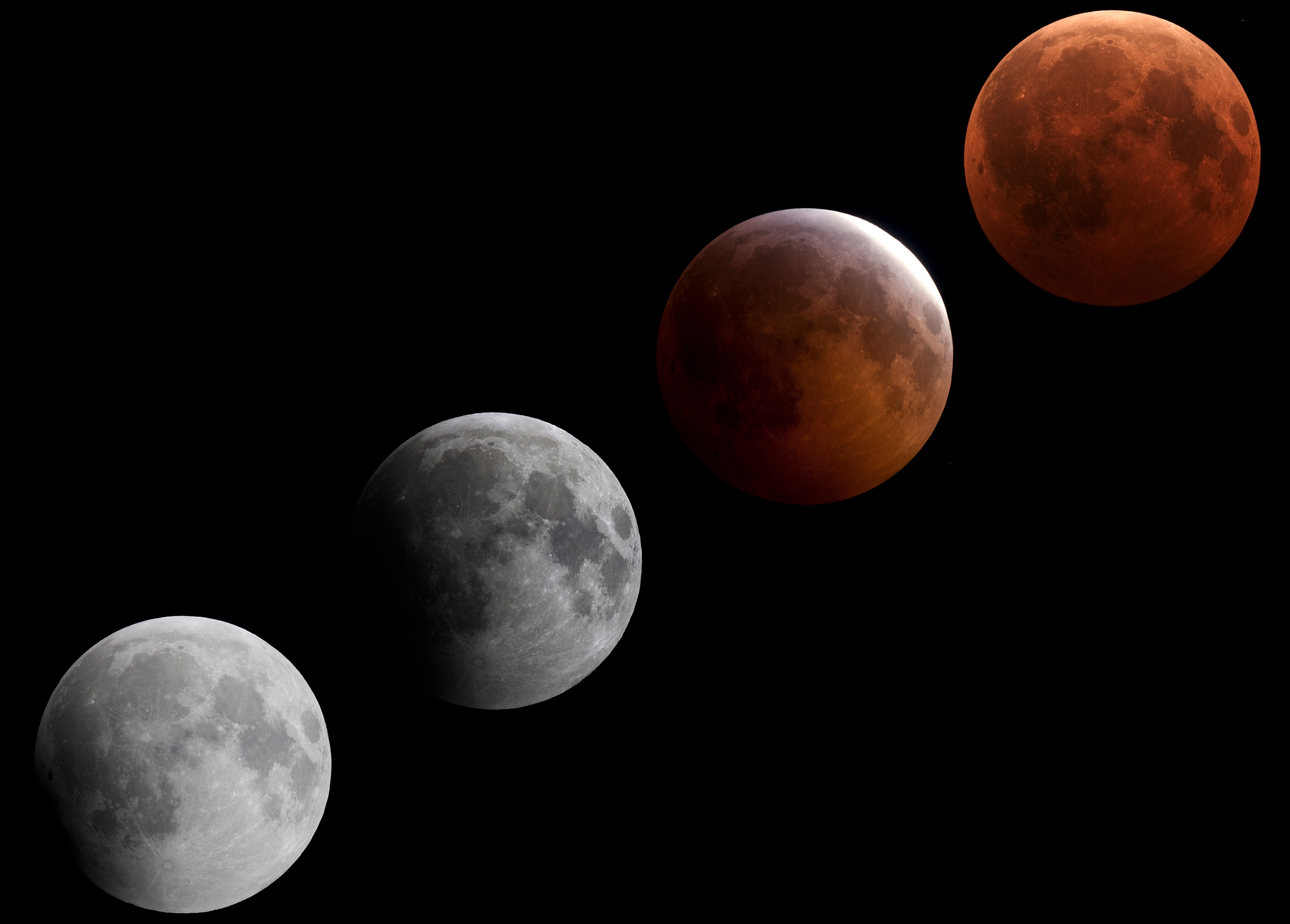
The Dec. 21, 2010, total lunar eclipse captured by Robert Vanderbei.
Follow all of the Expert Voices issues and debates — and become part of the discussion — on Facebook, Twitter and Google+. The views expressed are those of the author and do not necessarily reflect the views of the publisher. This version of the article was originally published on Space.com.
Join our Space Forums to keep talking space on the latest missions, night sky and more! And if you have a news tip, correction or comment, let us know at: community@space.com.









